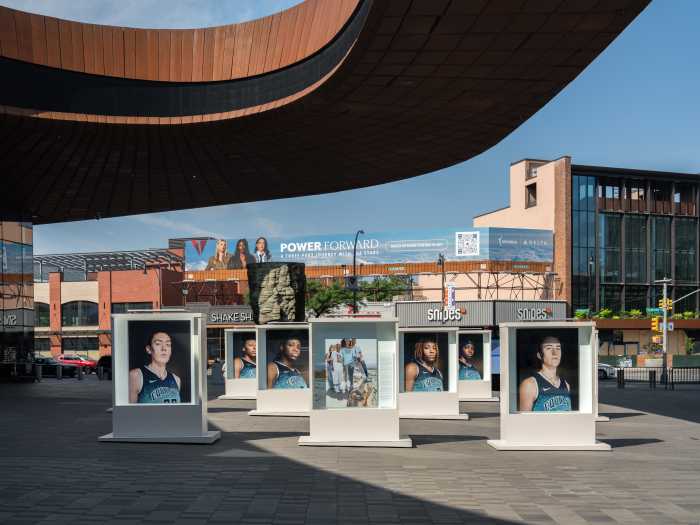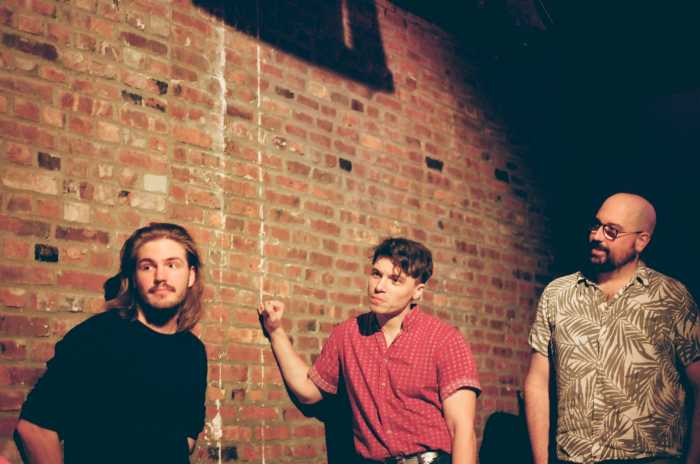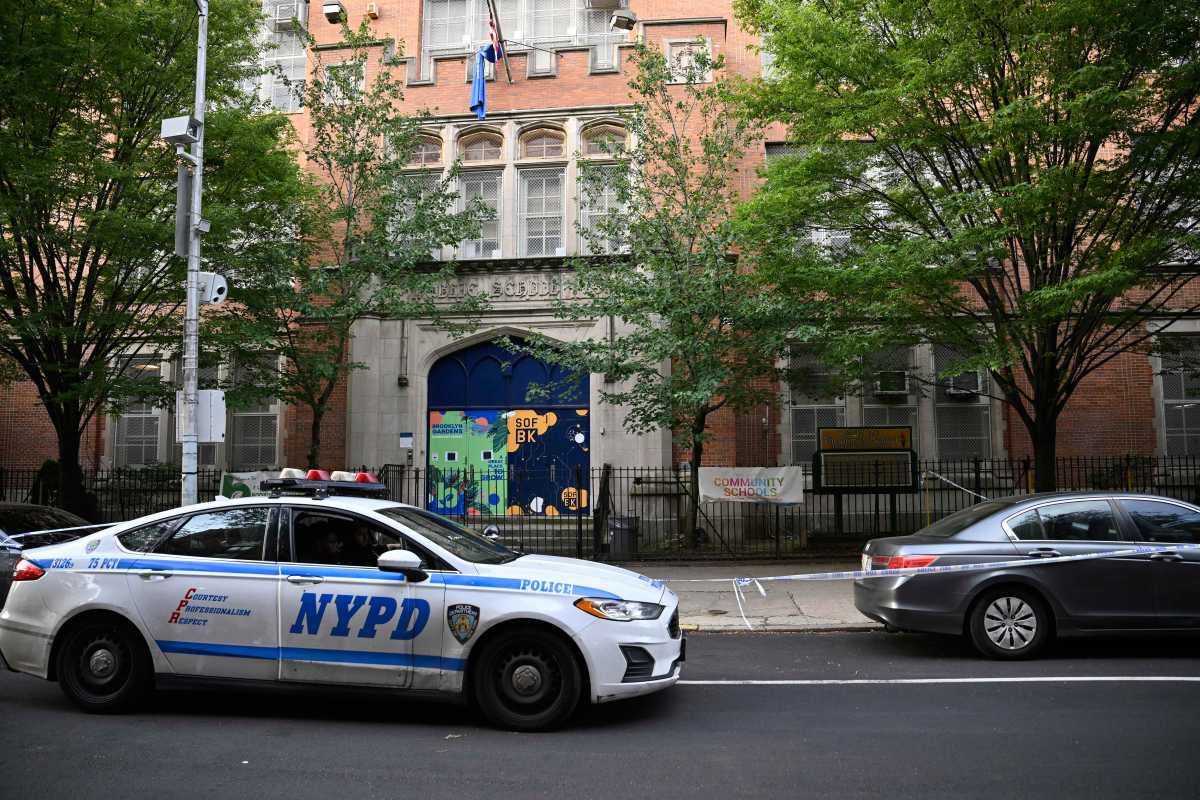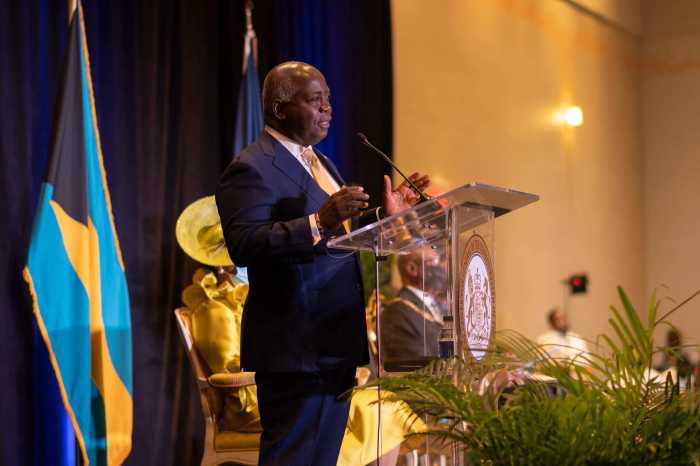On the morning of Aug. 11, Brooklyn Museum
of Art curator James Romano died from injuries sustained in a
car crash in Lynbrook, N.Y., on his way to his home in East Rockaway.
He was 56.
The curator most recently garnered critical acclaim for the museum
as its project director for the "Egypt Reborn: Art for Eternity"
installation, which is currently on display at the museum on
Eastern Parkway.
Romano combed through 4,000 objects from the museum’s Egyptian
collection to complete this two-part, 10-year project, which
includes the "Temples, Tombs and the Egyptian Universe"
installation. With more than 1,150 Egyptian artifacts now in
place, the completed galleries make available masterpieces from
every period in ancient Egyptian history.
Romano came to the museum on March 1, 1976. He was a curator
in the Egyptian, Classical and Ancient Middle Eastern Art department
at the time of his death.
Romano referred to the museum’s collection of Egyptian artifacts
as its core collection, "as much a part of Brooklyn as Green-Wood
Cemetery and the Brooklyn Bridge," he told GO Brooklyn in
April. Romano lived in Brooklyn Heights from 1978 to 1991.
The passionate, innovative curator used vintage photographs from
the museum’s archives in several "Eternal Egypt" displays
and chose a terracotta female figure as the signature piece for
the show’s promotional materials explaining, "I wanted to
force people to look at Egyptian art in an entirely new way."
Richard Fazzini, chairman of the Egyptian, Classical and Ancient
Middle Eastern Art department, had worked with Romano since 1976
and attended graduate school with him at New York University.
Romano defined himself as a specialist in the sculpture, reliefs
and minor arts of Egypt’s 18th dynasty, Fazzini said, but his
achievements were much broader.
"He is labeled as an Egyptologist, which he was, but he
also did graduate work in ancient Middle Eastern art and in fact
he was responsible for ancient Near East works at the museum,
and he was the person who had the primary responsibility for
anything Middle Eastern in the museum. Right there is another
dimension to him," said Fazzini.
"He wasn’t just an Egyptologist. He also has academic successes
in other periods than the 18th dynasty, such as objects of the
middle kingdom, and was a participant in a major symposium on
the old kingdom in Cairo, and published an article on the old
kingdom," said Fazzini, adding, "He was a multi-faceted
scholar."
Fazzini said Romano was in the process of reinstalling the Kevorkian
Near Eastern Gallery at the museum.
"We’ll follow the plan he laid out," said Fazzini.
Romano received a Master of Arts degree and a Ph.D. in Ancient
Egyptian and Near Eastern Art and Archaeology from NYU’s Institute
of Fine Arts. He received a bachelor’s degree, in 1969, from
Harper College, now the State University of New York at Binghamton.
Romano was a member of the American Research Center in Egypt,
the Archaeological Institute of America and the Egypt Exploration
Society.
His most recent publication was "In the Fullness of Time:
Masterpieces of Egyptian Art from American Collections"
(Hallie Ford Museum of Art at Willamette University, Salem, Oregon,
2002).
Romano is survived by his wife, Diana Craig Patch, their 12-year-old
daughter, Julia Craig Romano, and a son from a previous marriage,
Michael James Romano White, of Washington, D.C.
"He was an incredibly fine speaker, and a nice human being,"
Fazzini said about his friend of more than 30 years. "All
of his colleagues who knew him are going to miss him."

























